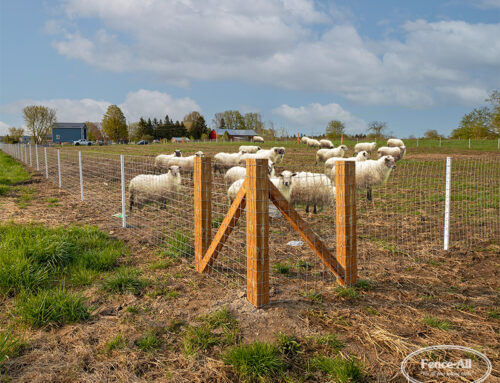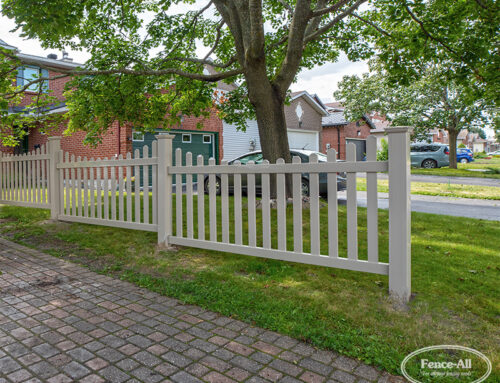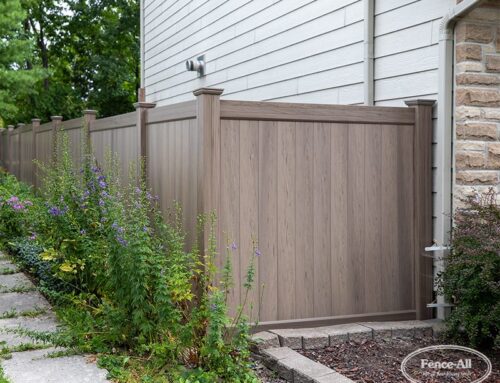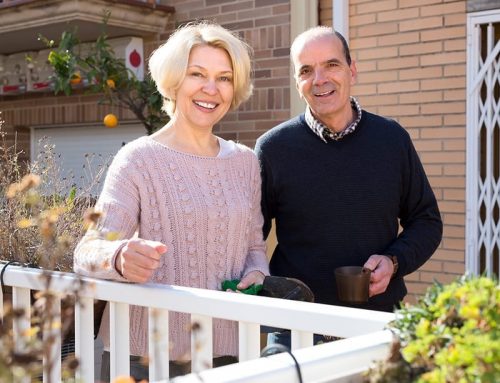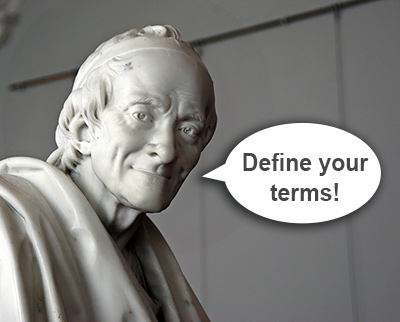
Voltaire had the right idea.
It happens every day. We’re talking to a friendly voice on the phone about a problem or a need and some confusion crops up because the industry jargon is a little specialized.
The French philosopher Voltaire once said “Define your terms, you will permit me again to say, or we shall never understand one another.” We couldn’t agree more, and we believe the onus is on us to keep it clear.
With that spirit in mind, here are a few of the basics when it comes to fence terminology. We’re not trying to be too detailed or comprehensive, but if you’re thinking “What the heck is this fence thing called?” we hope it can be of some help. The following applies to vinyl and wood fences in particular.
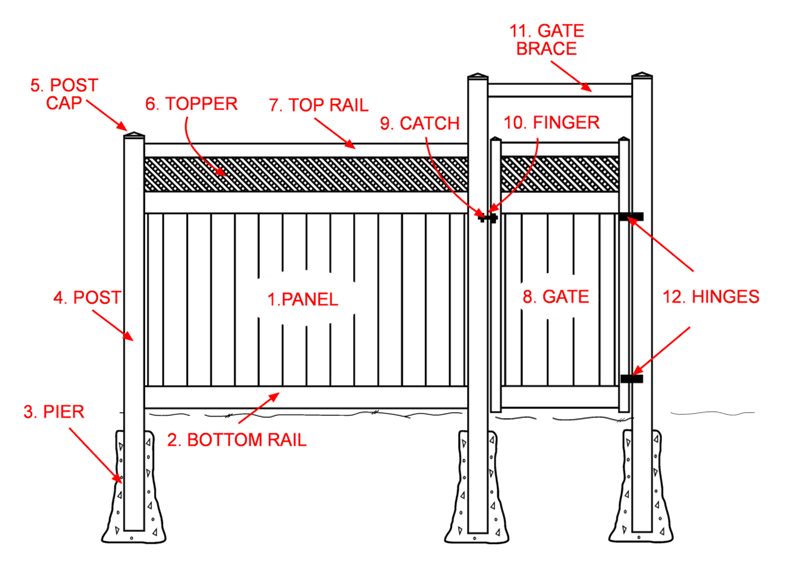
1. Panel
A panel generally refers to one section of fence between two posts. As in “The windstorm damaged my third panel in from the back post.”
2. Bottom Rail
The bottom rail is the horizontal rail that runs along the bottom of a fence. If it’s a vinyl fence the bottom rail will typically have a metal insert to prevent the panel from sagging. For wood fences the rail alone is more than strong enough.
3. Pier
The pier is the cement footing of a post that’s been set in the ground. Fence-All piers go three feet down, and the bottom is belled to prevent heaving. It’s very common to deal with pier removal when a new fence is replacing an old one. It can be challenging, because you never know how large the old pier is until it is dug out.
4. Post
The posts are the soldiers of any fence installation. They’ll stand at attention for years at a time and keep the rest of your fence in line. Our posts are usually spaced 8′ apart, but we offer upgrades for closer spacing. Generally, the closer the posts are together, the stronger the fence will be.
5. Post cap
The decorative cap that attaches to the top of a post. They come in different styles, some depending on the type of fence material. They can even be milled (think “sculpted”) right into the post in the case of wood fences.
6. Topper
A topper is the decorative section that sits above the main body of some fences. Often–but not always–it’s made of lattice so there is bit more visibility than the lower part of the fence provides. Another common topper type is jail bars. They come in a variety of patterns, and the material doesn’t necessarily have to match the material of the fence. Iron jail bar toppers, for instance, are common in wood and vinyl fences.
7. Top Rail
Similar to the bottom rail, but metal inserts aren’t needed for vinyl top rails like they are at the bottom.
8. Gate
The gate provides egress from and access to the yard or area surrounded by the fence installation. At Fence-All, gates cost twice the amount per foot as the same fence style. It’s a convenient rule of thumb for quick budgeting.
9. Catch
The part of a gate hardware system that attaches to the post. It “catches” the gate finger when the gate is closed and releases it when the gate is opened.
10. Finger
The Finger is the part of the gate hardware that attaches to the gate. The name comes from its shape. It attaches securely to the catch on the post when the gate is closed.
11. Gate Brace
Gates put an asymmetrical load on the posts that carry them. Gate braces provide extra support to keep the posts straight and strong.
12. Hinges
Just like on a door, hinges allow the gate to swing open and closed in a convenient manner. They can be auto hinges, which means the gate will close on its own after it’s been opened. Auto closures that are separate from the hinges can also be installed.
More questions?
If you have more questions about fences we’re happy to answer them. Call 613-736-1122 or hit the chat button on the right during business hours.


